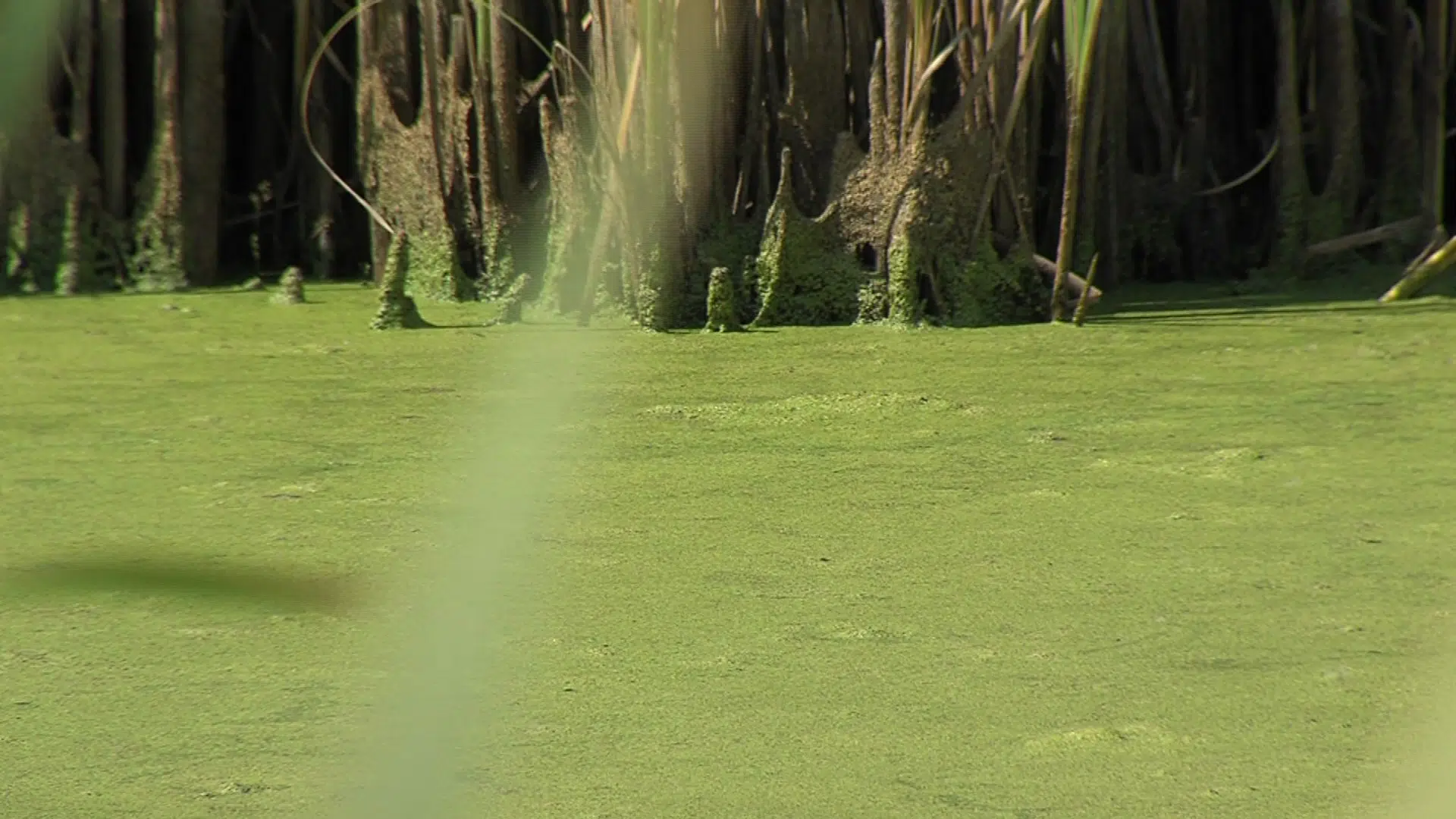
West Nile Virus risk increasing in August
MEDICINE HAT, AB – Mosquitoes are a rare sight in Medicine Hat this summer, thanks to sweltering conditions over the last few months.
Superintendent of Parks Dave Genio said it’s been a very quiet year on the mosquito front so far.
“We saw some higher numbers in the first part of the spring due to some of the rainfall we had seen,” said Genio. “But throughout the remainder of the summer, the mosquito numbers have dropped considerably, we’re about just below average.”
